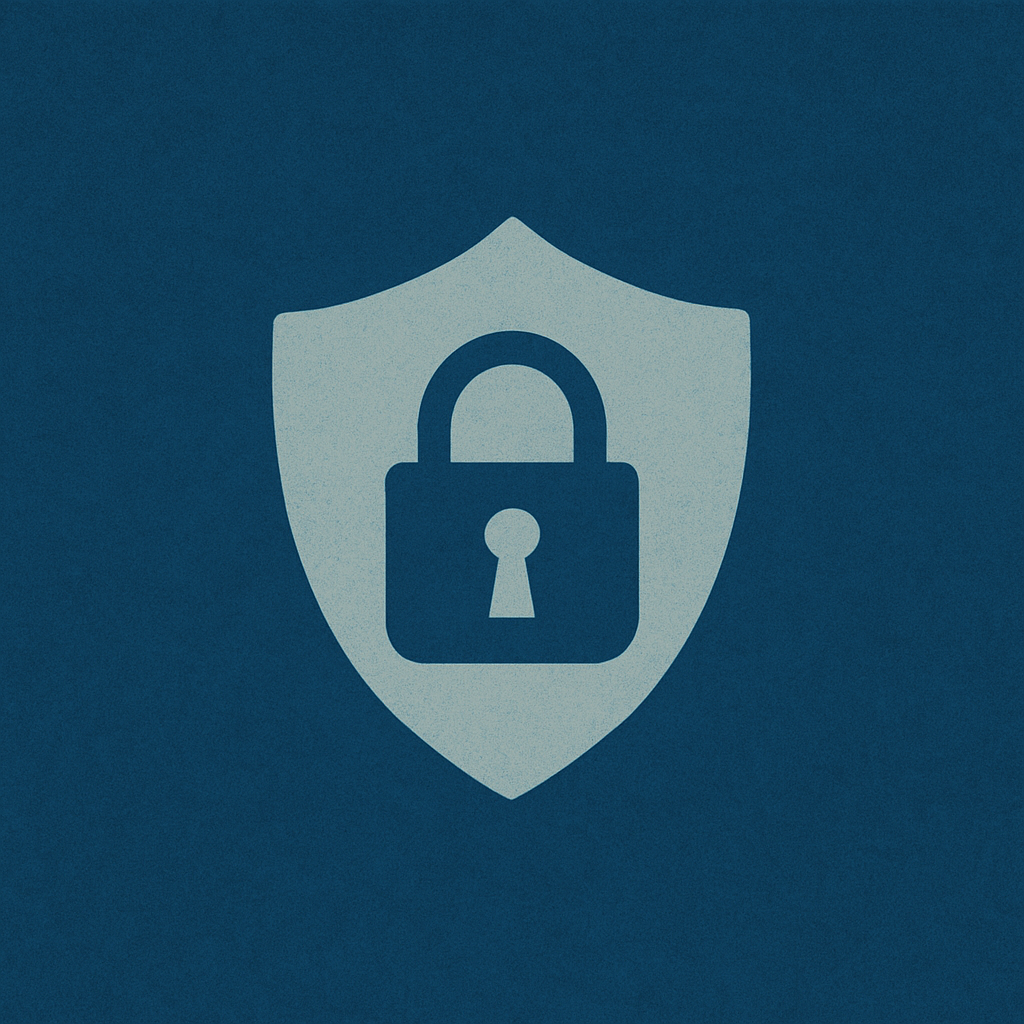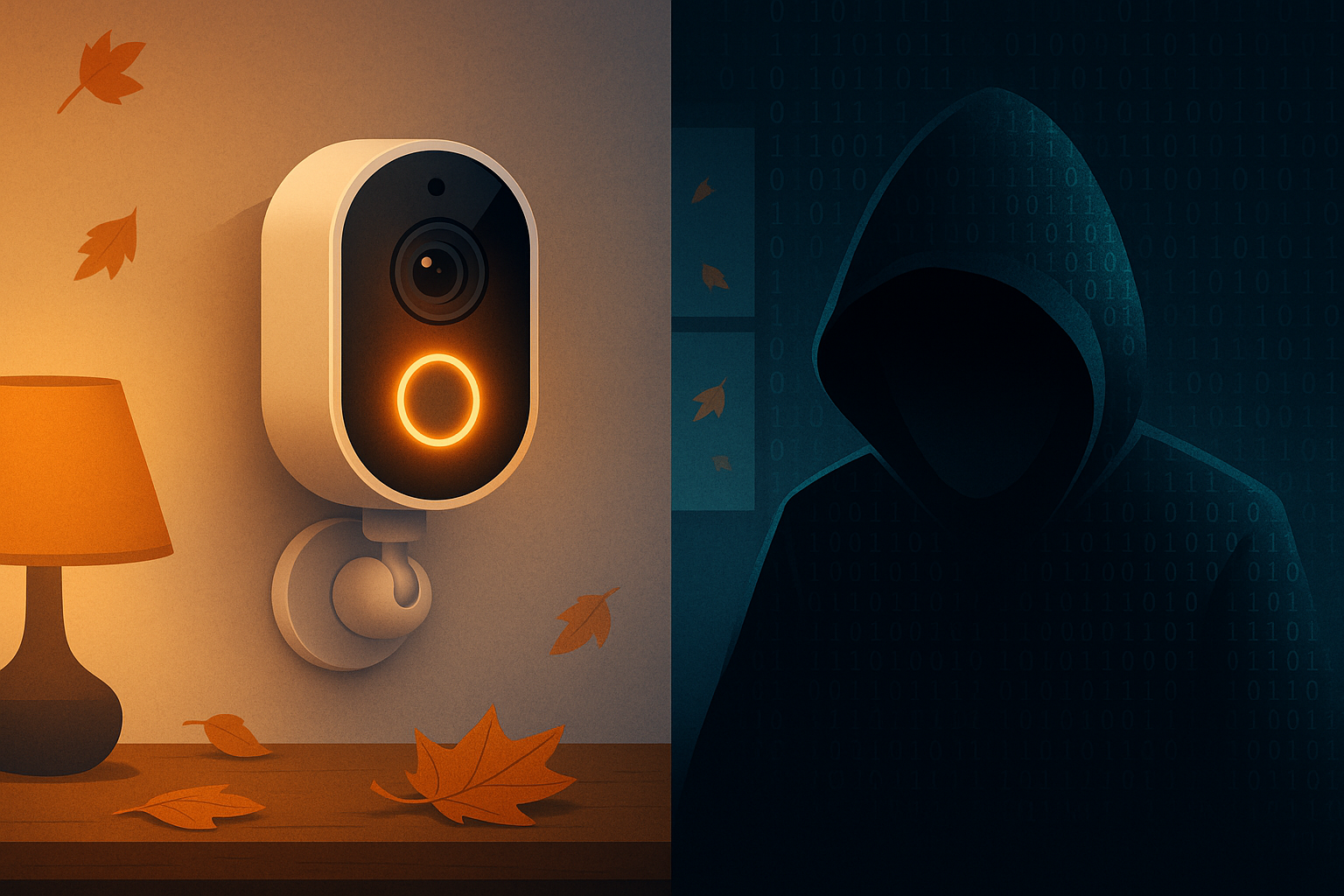You’re trusted to run a safe, caring, and compliant community. But if you’ve been reading the latest CMS or HIPAA headlines, you’ve probably felt that familiar twist in your stomach: “What if we’re not ready?”
You’re not alone. The HIPAA landscape is shifting—and so are the cybersecurity expectations that come with it.
Let’s take this one step at a time.
🛑 What’s Changing With HIPAA in 2025?
The Department of Health and Human Services (HHS) has proposed updates to the HIPAA Privacy and Security Rules—updates that directly impact how your facility protects resident data.
Here’s what’s on the horizon:
- Stronger Incident Reporting Requirements
If a cyberattack affects your EHR system, you may be required to notify HHS faster and with more detail than ever before. - New Rules for Vendor Oversight
Facilities will be expected to actively monitor third-party vendors (like your MSP or EHR provider) for compliance—not just assume they're handling things. - Emphasis on Risk Assessments & Documentation
Annual HIPAA Security Risk Assessments are becoming non-negotiable. Regulators want to see clear, documented evidence of your efforts. - Expanded Definitions of “Protected Health Information” (PHI)
Data from wearable health devices, mobile apps, and even some resident monitoring tools may now be considered PHI—meaning they fall under HIPAA’s umbrella.
🔐 What This Means for Your Cybersecurity
In plain English? The bar is going up. If you don’t have cybersecurity woven into your operations already, now is the time.
Here’s where administrators are most vulnerable—and how to get ahead:
- Ransomware preparedness: A ransomware attack doesn’t just lock your files—it can stop medication records, dietary needs, and emergency contacts from being accessible. That’s not just a tech issue. It’s a resident safety issue.
- MFA & Endpoint Security: Insurance providers now expect Multi-Factor Authentication (MFA) and endpoint protection tools in place. Without them, coverage may be denied—or claims rejected.
- Proof of compliance: “We think we’re compliant” won’t cut it anymore. You’ll need clean, understandable reports you can hand to your board, an auditor, or your insurance broker with confidence.
✅ What Administrators Like You Should Do Now
If you’re running a small- to mid-size senior care community in Minnesota, here's how to stay ahead:
- Schedule a HIPAA Security Risk Assessment
This is your foundational step. It’s the report card that tells you where you’re strong—and where you’re exposed. - Evaluate Your MSP or IT Provider
Ask: “Do they specialize in healthcare compliance?” If the answer is no, you may need a partner, not just a provider. - Get Board-Ready Reporting
Work with a firm that provides simple, executive-friendly reports. Your board doesn’t want tech jargon—they want risk clarity. - Train Your Staff on the New Rules
Cybersecurity isn’t just your IT guy’s job. From the front desk to dietary aides, everyone needs clear, friendly training on avoiding phishing and securing resident info.
💬 Final Word
You already juggle resident safety, family trust, staff morale, and regulatory paperwork every single day. You shouldn’t have to carry the cybersecurity burden alone.
The new HIPAA rules aren’t here to punish—they’re here to protect the people you care about most. Let’s turn that overwhelm into peace of mind. Let’s partner with someone who gets senior care, not just servers and firewalls.
You’re not just running a facility. You’re protecting a legacy of trust.
Let’s make sure your data security reflects that.
We specialize in HIPAA compliance and cybersecurity for senior care. Let’s talk about a simple plan that gives you peace of mind.
📞 Give us a call at 763-335-9255.
















